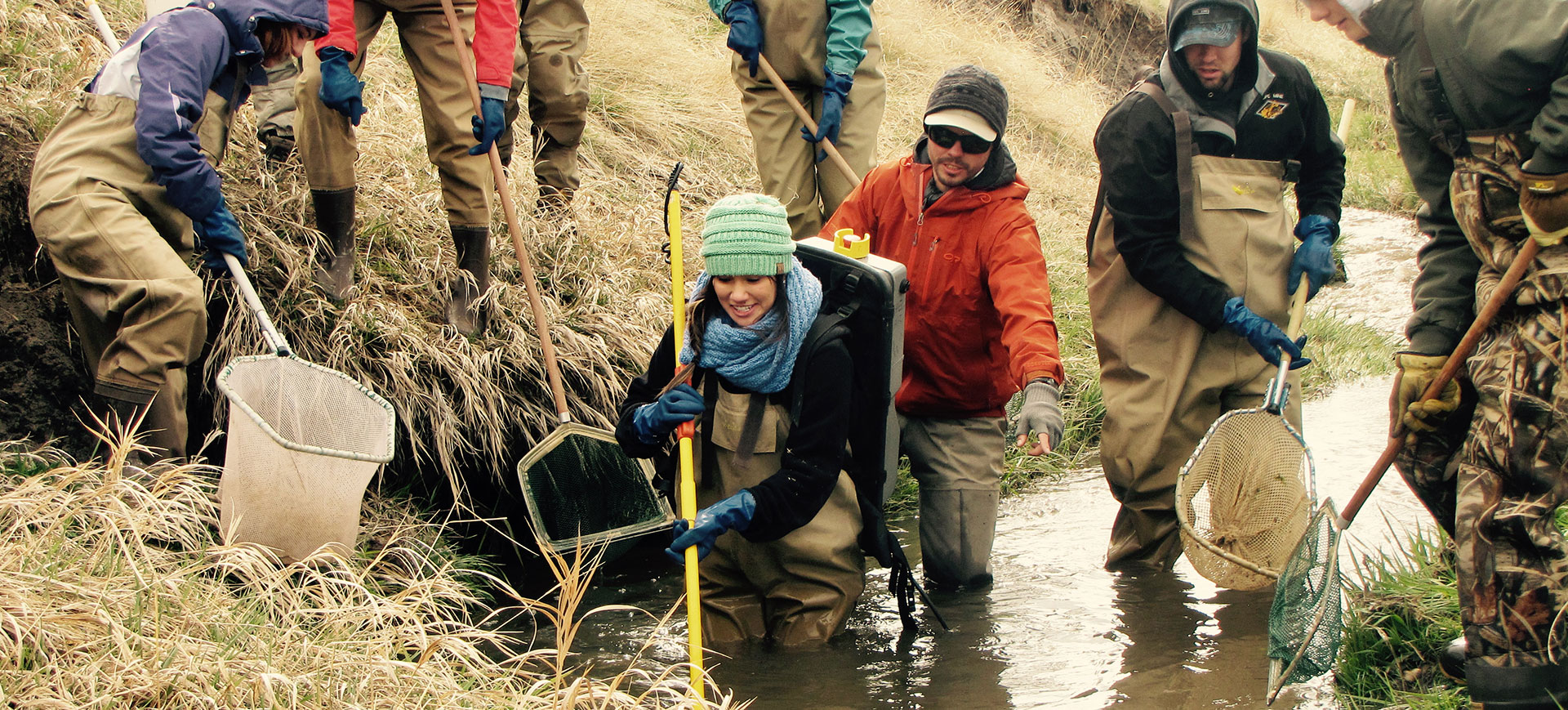University of Wyoming Biodiversity Institute Anniversary Highlight: Bryan M Maitland

Photo: Nate Barrus
One of the most striking features of Wyoming’s aquatic landscape is the transition from cold, Rocky Mountain headwater streams to warm, meandering Great Plains streams. In 2015, when I was a PhD student at the University of Wyoming, the BI helped to fund my dissertation research that looked at how stream food webs change as you move downstream along that iconic elevational gradient.
BI funding allowed me to incorporate a stable isotope approach into my research, through which I demonstrated how habitat conditions and species richness (biodiversity) interact to produce a fundamental reshaping of aquatic food webs along upstream-downstream gradients. This new knowledge of food web change along stream gradients will help managers and conservation practitioners anticipate how changes to the environment will influence local food webs and associated biodiversity. So not only did BI funding allow me to take a new and exciting direction with my research (and in turn add a new tool to my scientific toolbox), it also directly led to new knowledge about Wyoming’s biodiversity, which will help ensure its long-term persistence.
One key part of being awarded BI funding is the requirement to communicate our science with the people of Wyoming—to make our science actionable and to make it matter outside of the Ivory Tower. But such opportunities are often difficult to do by oneself. So I thoroughly appreciate all the opportunities the BI provided me for sharing my science in communities across the state through Science Cafes and other outreach events like the Wyoming BioBlitz and Wyoming Naturalist Program.
In fact, the push to make science matter to those outside of the university, as well as the training I received from BI staff on outreach and public engagement, have been strong forces in my career path. They have motivated me to conduct collaborative science that leads to actionable solutions for real-world problems, which is what I sought to do after defending my PhD and graduating in 2020 as a Wisconsin Science-Policy Postdoctoral Fellow with UW-Madison and the Wisconsin DNR Fisheries Bureau. In this position I worked directly with agency mangers, biologists, and local stakeholders on a project trying to untangle the effects of climate change and groundwater pumping on stream trout in the Upper Midwest.
Now, in my new role as a postdoc in the Center for Limnology at University of Wisconsin-Madison, I will be leading a large Lake Michigan synthesis project where we will test predictions from the landscape theory of food-web architecture. So, I’ll be coming around full circle, and making use of the stable isotope and food web analysis tools the BI ensured that I developed early in my career as a BI award recipient.
Congratulations to the BI for celebrating its 10th Anniversary. Here is to 10 more great years.
Share This Post
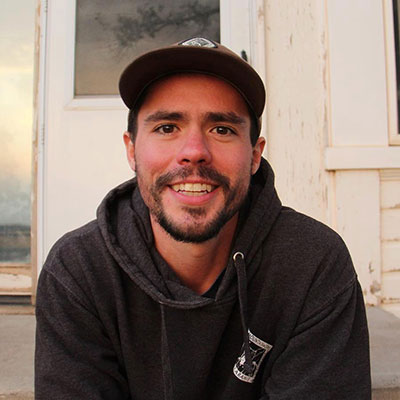
Photo: Rose Curtis
Social Media
Latest News
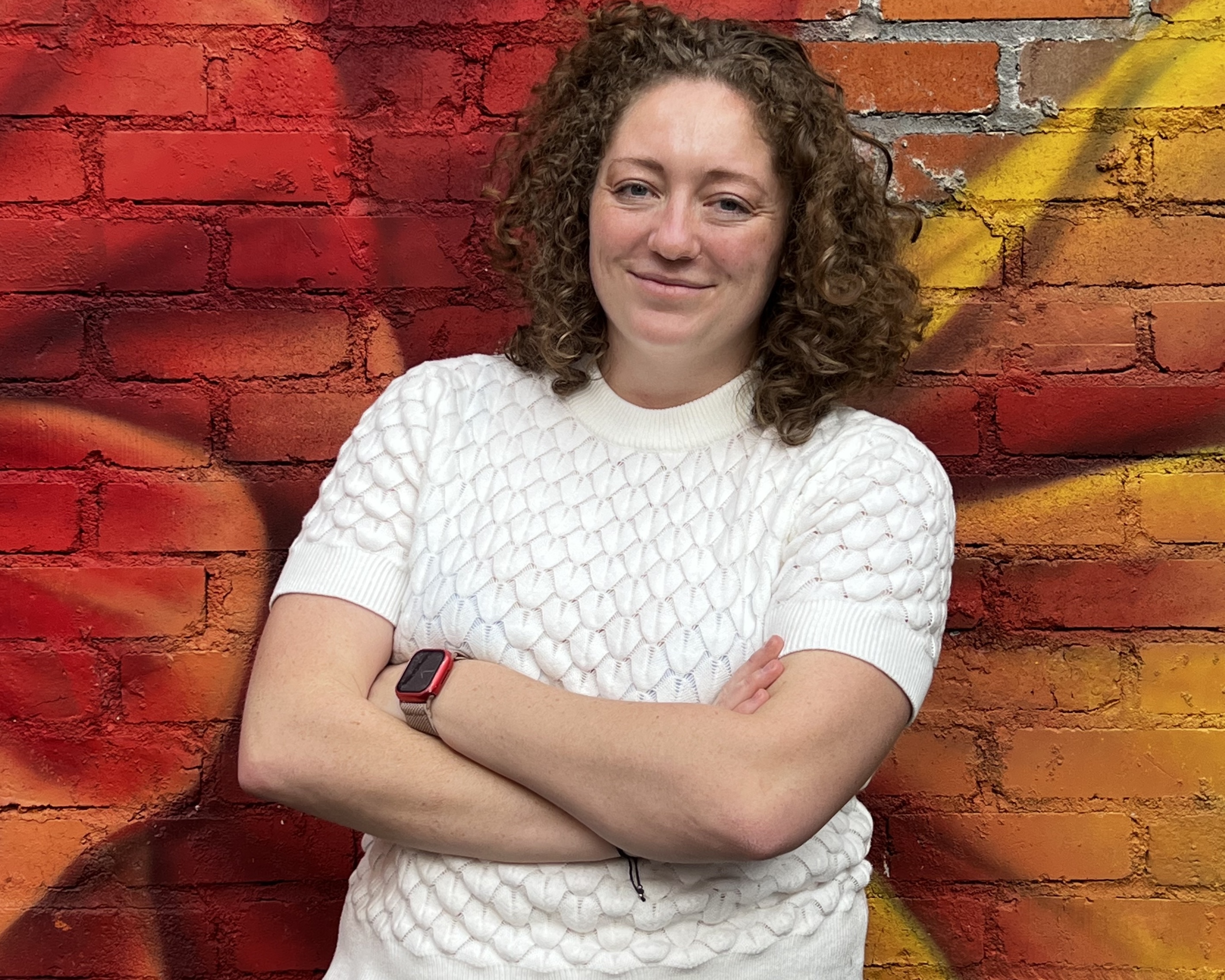
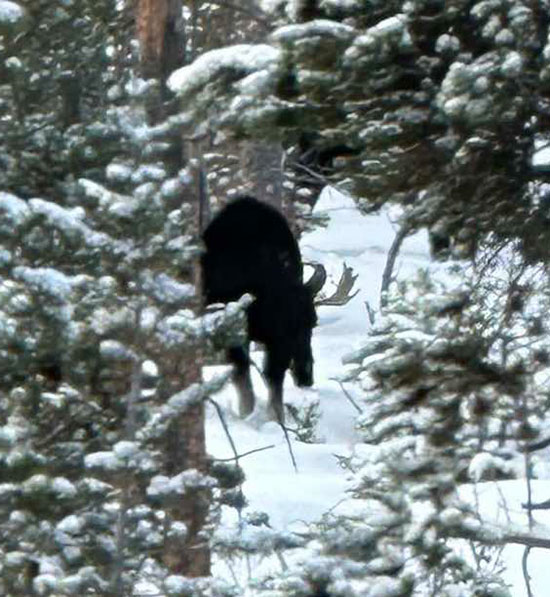
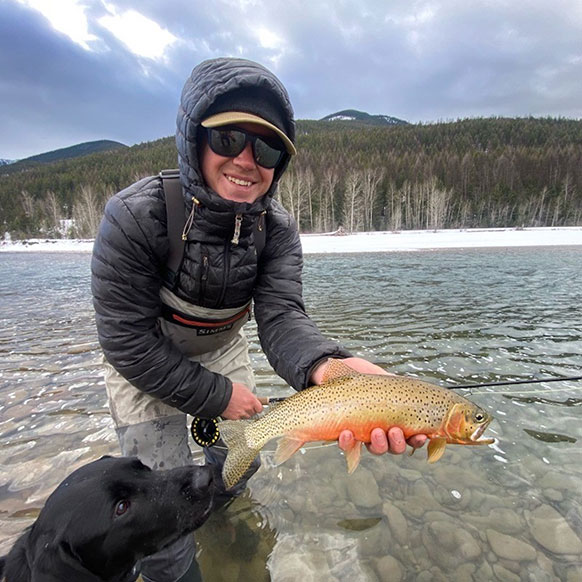
Archives
- All
- December 2025
- October 2025
- August 2025
- July 2025
- June 2025
- May 2025
- April 2025
- March 2025
- February 2025
- January 2025
- November 2024
- October 2024
- September 2024
- August 2024
- July 2024
- June 2024
- May 2024
- April 2024
- March 2024
- February 2024
- January 2024
- December 2023
- November 2023
- August 2023
- July 2023
- April 2023
- September 2022
- August 2022
- July 2022
- June 2022
- May 2022
- April 2022
- March 2022
- February 2022
- January 2022
- December 2021
- November 2021
- October 2021
- September 2021
- August 2021
- May 2021
- April 2021
- March 2021
- October 2020
- August 2020
- July 2020
- January 2020
- March 2019


